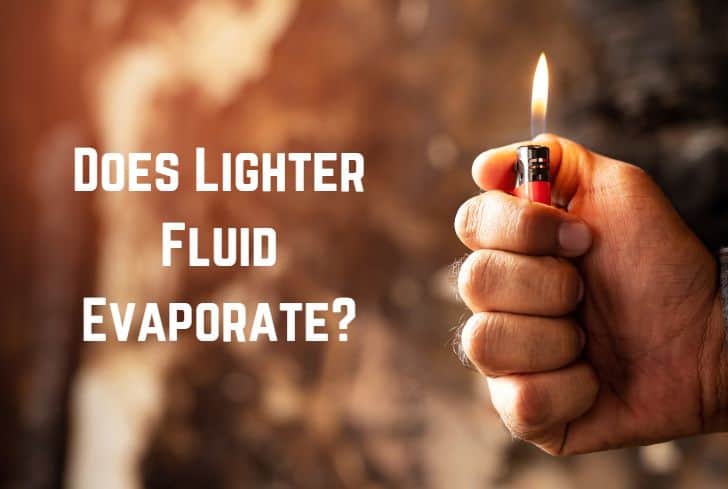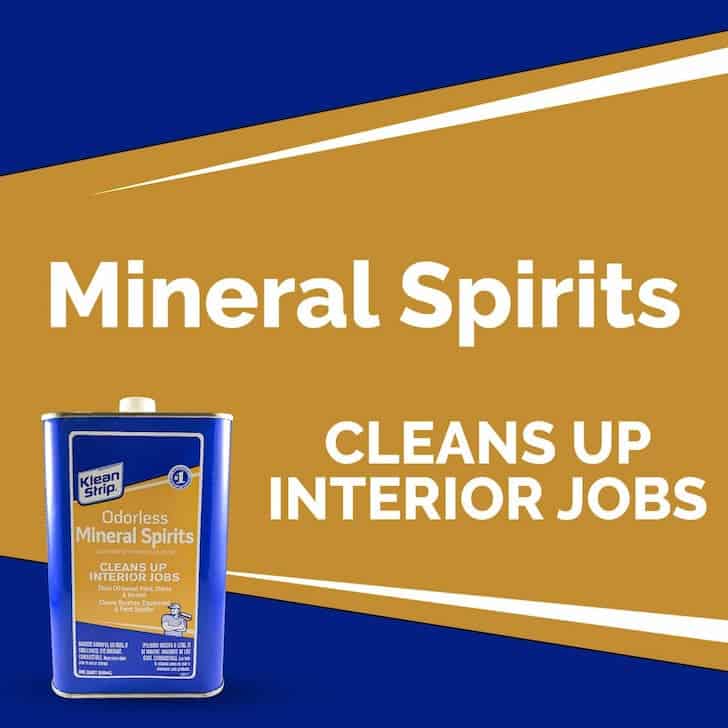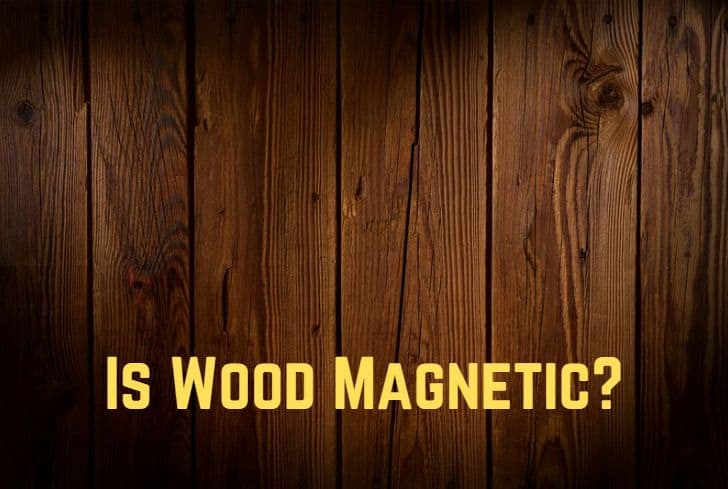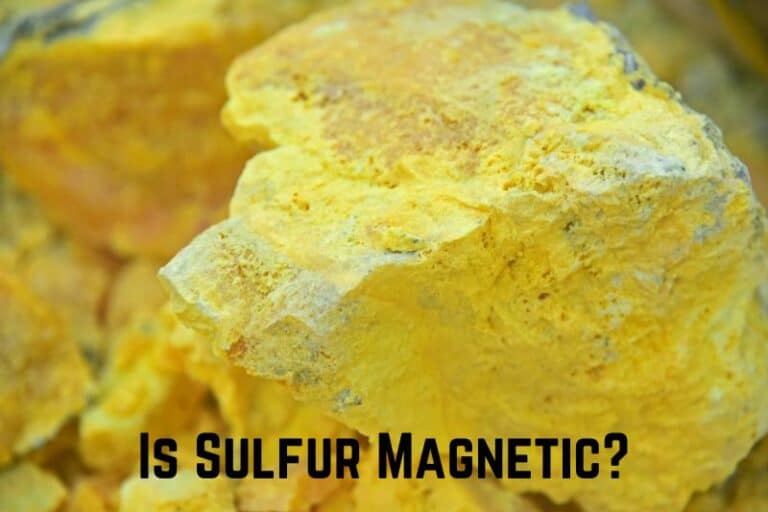Is MDF Waterproof? (Answered)
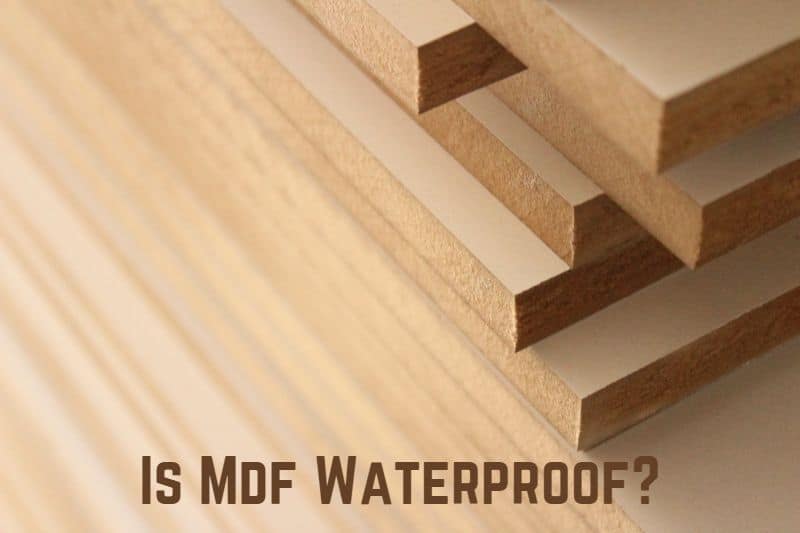
The interior design of a home says volumes about its beauty—the shelves, wainscotting, floors, doors, cabinets, and furniture. Have you ever wondered why MDF is the most widely used material? What features does it have? For instance, is MDF waterproof?
The first question we will answer in this article is that one. We also clarify whether MDF is water resistant, better than plywood, and waterproof when painted. Finally, we will tell you how to waterproof your MDF and provide several MDF alternatives.
Is MDF Board Waterproof?
MDF (Medium Density Fiberboard) is not waterproof. It is made from wood fibers and resin, which can absorb water and swell when exposed to moisture. However, there are moisture-resistant MDF boards available that are treated with a special coating to make them more resistant to water. These boards are suitable for use in areas with high humidity or occasional exposure to water, but they are not completely waterproof and should not be used in areas that are constantly wet or submerged in water.
Once this has occurred, the MDF board does not regain its former shape. It will eventually swell, warp, and fall apart. However, the moisture-resistant MDF is ideal for interiors with a chance of dampness. Because moisture-resistant MDF contains moisture-repellent resin, it is perfect for kitchens, bathrooms, and laundry rooms.
However, moisture-resistant MDF is not ideal for exterior use or areas where submersion in water is possible. Therefore, the uses of moisture-resistant MDF are identical to those of ordinary MDF; the only difference is that it is ideal for high-humidity conditions. Compared to natural wood, using moisture-resistant MDF is more cost-effective.
Is MDF Water Resistant?
MDF is water-resistant up to a certain point. Freshly manufactured MDF can handle a bit of moisture and water well. However, continued exposure leaves it vulnerable to wetness. The MDF board starts to break down after prolonged exposure to moisture or water. MDF is neither water resistant nor waterproof. The more components MDF comes into contact with, the faster it breaks down.
Fortunately, you can treat MDF to increase its water resistance. Water penetration into the MDF is made a little more difficult by a layer created by painting, varnishing, and applying a sealant. Even with the additional layer, MDF will fare poorly in water. MDF stretches and warps when it absorbs water.
The spot where the water quickly seeped through is where the edges of your MDF will swell. You will need to replace the MDF that is damaged. The moist MDF begins to grow mold over time.
Can you repair the damaged MDF? Yes, here it is.
Is MDF Waterproof When Painted?
Yes, painting makes MDF to be waterproof. Waterproofing MDF makes it more difficult for water to pass through and cause damage. The most effective paint is moisture-resistant paint. You must use a primer to stop paint from absorbing into the MDF‘s pores. Additionally, the primer provides a smooth surface for the paint to adhere to.
Painting MDF not only makes it more waterproof but also makes it the best material for painted products. Painting gives painted doors, cabinets, flooring, etc., the smoothest finishing. The following are some advantages of painting your MDF:
- Painting conceals the knots, visible grain, and unattractive wood scars that are inherent characteristics of unfinished wood.
- Wood expands more quickly than coated MDF when exposed to humidity. When exposed to higher humidity, MDF doors are less likely to suffer from paint cracks.
- It provides an excellent surface for painting because it is smoother than wood.
Is MDF Better Than Plywood?
We highlight the benefits and disadvantages of MDF and plywood in the table below.
Because plywood is less dense, it is more enduring and better equipped to handle moisture. Plywood is superior to MDF for outdoor projects in places prone to flooding. But before we can say whether plywood or MDF is better, there are several things to consider.
| Advantages and disadvantages of plywood and MDF | ||
| MDF | Plywood | |
| Advantages | -Cheaper. | -Stronger due to multiple layers of veneer. |
| -Can easily be cut into detailed designs. | -Doesn’t soak up liquids as fast as MDF. | |
| -Has a very smooth surface which is excellent for painting. | -Holds screws tightly due to its many layers. | |
| -Consistent throughout and has no voids or splinters. | -It carries a grain. You can use the staining method to make it more beautiful. | |
| -Eco-friendly and can be recycled. | -Can carry heavy loads without sagging. | |
| -Resistant to termites due to chemical treatments. | ||
| Disadvantages | -Soaks up water and other liquids. | -More expensive than MDF. |
| -Gets damaged easily and can sag if you put heavy loads on it. | -Because its layers show at the edges, it needs further finishing at the edges. | |
| -Contains VOCs, so be careful when sanding or cutting to avoid inhalation. | -Hard to cut into detailed designs. | |
| -Consist of very fine particles and hence does not hold screws well. | ||
| -Denser hence challenging to work with. | ||
Which is better, plywood or MDF, depends on the project you are working on. Plywood is the best material for internal uses, such as flooring, doors, stairs, and external construction. Plywood works better for projects that need the creation of curved surfaces since it bends easily with the grain. For areas prone to moisture, plywood is also preferable.
In contrast, MDF has smooth surface, making it better suited for interior applications. It is unsuitable for exterior projects because it does not handle moisture well. However, if you are on a tight budget, it is cheaper.
How to Make MDF Waterproof?
MDF has the potential to be waterproof. You can buy more expensive, professionally produced water-proof Mdf or make your own.
Here is a quick method to make Mdf waterproof:
Tools required:
- Fine grit sandpaper,
- A paint roller,
- Paintbrush,
- Good quality varnish, paint, or sealant,
- Primer,
- ⅜ inch roller cover.
Process:
- Pick up the piece of board you intend to use. Sand it with fine-grit sandpaper to remove any rough places before applying anything. Wipe the surface with a moist cloth to get rid of the dust.
- Use a latex primer or a primer made especially for Mdf. Use a paintbrush and a 3/8 inch paint roller for the parts the roller can’t reach. Let it dry for at least six hours.
- After the primer has dried, use fine-grit sandpaper to smooth out any brush or roller markings on the surface.
- Apply either water-resistant paint or a top-notch wood sealer. It takes the layer around four hours to dry. Another option is varnish. However, avoid using water-based polyurethane since it won’t adhere to the surface of MDF.
- After adding the final coat of paint or sealant, allow it to dry for 3–4 days. And there you have it—waterproof MDF!
You can have a waterproof Mdf if you choose the suitable sealant and top coat and follow the manufacturer’s directions. The staining process might not be the best choice for Mdf. Due to Mdf’s capacity to absorb liquids, the stain won’t be visible.
Please note that prolonged contact with water will harm Mdf, whether bought water-resistant Mdf or painted or varnished.
Alternatives to MDF
Although plywood is an Mdf alternative, it may not suit everyone. Either because of the project’s nature or Mdf’s cost and availability. So, if Mdf is not your preferred material, here are more alternatives.
Chipboard
It is made by hot-pressing wood chips that have been finely cut together and binding them with synthetic resin. Chipboard, also referred to as particle board, is a low-density board. As a low-density board, it has fewer wood fibers per square inch, making it lighter and weaker than MDF. Since the chipboard is lighter, it is easier to work with and cut through.
But it fails in places with excessive humidity, just like Mdf. However, chipboard performs worse than Mdf when there is moisture present. Compared to Mdf, chipboard doesn’t hold up as well, though it costs less than Mdf. The Chipboard’s lack of density prevents it from adequately supporting screws and other fasteners.
Chipboard makes furniture, panels, and partition structure.
Ecoboard
Ecoboard comprises waste products from plant harvesting or agricultural fibers like straws and reeds. The manufacturers remove volatile organic compounds (VOCs) and formaldehyde from the waste before adding the 5% additive.
You can cut it the same way as regular timber. As a result, eco-board is practical, strong, and simple to produce various products. The eco board is suitable for building construction, interior design, and furniture made of sustainable materials.
Richlite
Recycled pulp is the main component of Richlite. The manufacturers then add phenolic resin. Applying pressure and heat creates a strong and weather-resistant material. The process of making richlite is simple.
Richlite is becoming increasingly popular for external (cladding and rain screens) and interior (cabinets, countertops, wall paneling) surfaces. Additionally, it can make guard rails, sink basins, pillar wraps, and furniture.
Oriented strand board(OSB)
Different-sized wood scraps are processed with waterproof resin to create stiff panels before being oriented precisely. The lack of a formaldehyde-based adhesive makes OSB environmentally friendly. It keeps strength well and is more water resistant than plywood.
OSB is primarily used to construct walls, roofs, and floor sheathing. Most people like it because it doesn’t wrap and can withstand seismic and wind loads. Additionally, manufacturers use it to construct RVs, industrial containers, furniture, and cargo-van panels.

